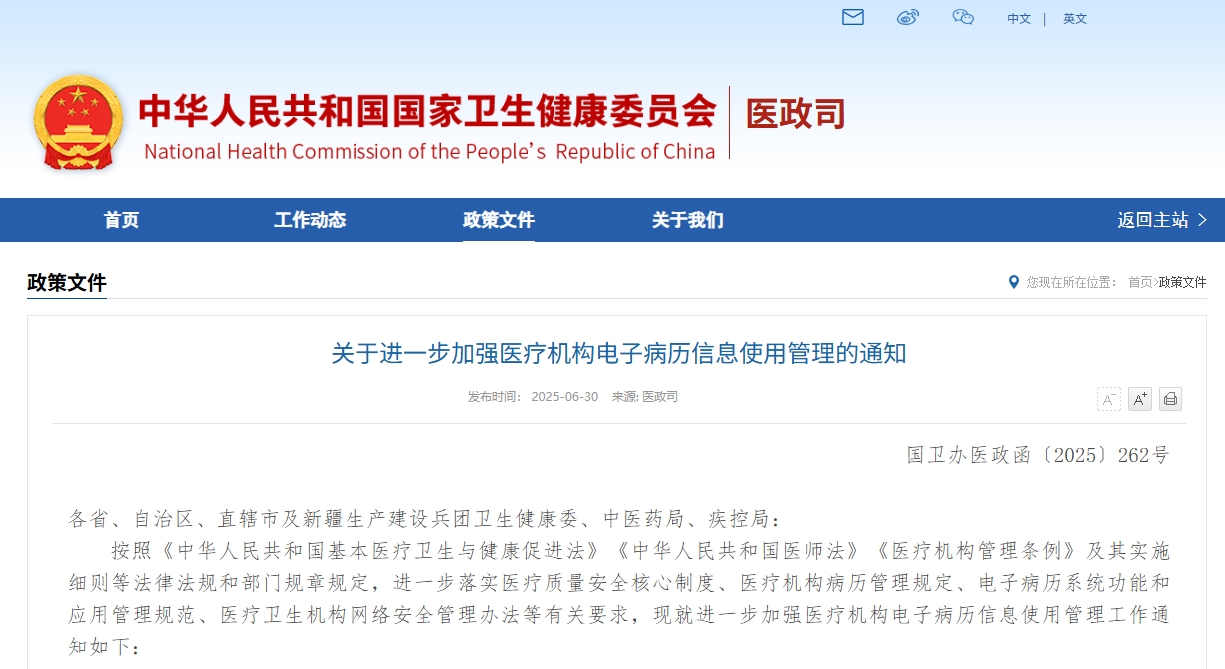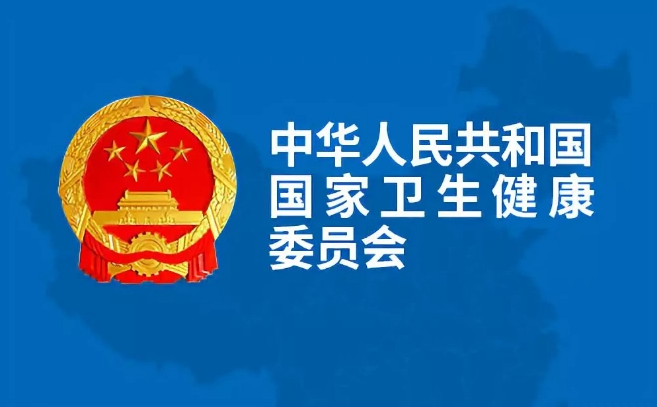
#Industry ·2025-01-02
Since the establishment of the National Healthcare Security Administration in March 2018, the entire healthcare reform has actually entered a new era driven by healthcare insurance. Centralized quantity based procurement has greatly squeezed out the moisture of pharmaceutical consumables, and the supervision of medical insurance funds centered on flight inspections has entered the fast lane. The promotion of DRG/DIP payment reform has completely overturned the previous hospital operation model of paying by disease, forcing a revolutionary change in the diagnosis and treatment behavior of medical staff, and its leading role in medical reform is becoming increasingly significant. On December 30, 2023, the horn sounded for the comprehensive promotion of closely knit county-level medical communities. This series of new situations undoubtedly forced medical institutions to make changes, and the performance system of grassroots medical institutions must also be reformed. How did it change? I believe that at least five directions should be paid attention to: 1. Performance incentives should pay more attention to quality and efficiency. In many places, performance is mainly incentivized through the quantity of medical services. However, after medical insurance abandoned the implementation of DRG/DIP payment based on project payments, the number of patients admitted does not necessarily produce benefits. Sometimes, the more patients admitted, the more "losses" they may experience. Although the cost of treating mild patients is easy to control, medical insurance payments are also limited. Therefore, in terms of performance incentives, it is necessary to change the approach of solely incentivizing based on the quantity of medical services and introduce the concepts of service quality and cost-effectiveness. Emphasis should be placed not only on quantity but also on quality. Medical record writing, medical insurance profit and loss, diagnosis and treatment standards, cost control, and filling out medical insurance settlement lists should all be used as performance evaluation indicators. 2. Performance incentives should pay more attention to excellent performance and rewards. Currently, most hospitals' performance incentive mechanisms are mainly based on quantitative indicators, such as outpatient visits and hospital admissions, which tend to emphasize the principle of 'more work, more pay' and fail to reflect the principle of 'excellent performance and rewards'. In the DRG/DIP era, hospitals should pay more attention to service quality and technical difficulty, shifting from a single quantity driven approach to a quality driven approach. This transformation not only better reflects the work value of medical personnel, but also motivates them to continuously improve their professional skills and service levels, thereby enhancing patient satisfaction and treatment outcomes. 3. Performance incentives should pay more attention to efficiency driven performance incentives. Previously, hospital performance incentives often relied on large-scale investments to drive revenue growth, such as scale expansion/equipment updates/environmental optimization, etc. However, in the current situation, investments such as scale expansion not only fail to drive growth, but may also become a new burden. As a primary healthcare institution, it needs to pay more attention to cost control and efficiency improvement. In performance indicators, it is necessary to strengthen the assessment of efficiency indicators such as per capita business volume, per capita income, and 10000 yuan asset output, encourage medical personnel to improve work efficiency while ensuring quality, reduce unnecessary resource waste, and achieve sustainable development. 4. Performance incentives should pay more attention to pre incentives. Previous performance incentives were mostly post incentives, which were settled based on the actual medical services provided. But under the DRG/DIP prepayment system, hospitals need to do budget management and clinical pathway planning in advance, and control costs on the premise of reasonable diagnosis and treatment to ensure quality. This "pre emptive" incentive mechanism helps guide medical personnel to arrange the diagnosis and treatment process reasonably, avoid unnecessary examinations and treatments, and ultimately achieve the goal of "reducing costs and increasing efficiency". 5. Performance incentives should shift from a treatment centered approach to a health centered approach. Prior to this "transformation," hospital performance was mainly based on a simple "treatment centered" approach, which incentivized medical staff based on the cost of diagnosis and treatment of existing diseases. This approach is difficult to avoid causing excessive medical treatment/hospitalization rates to skyrocket. With the promotion of closely knit medical communities, the medical insurance fund is packaged annually by county and per capita to the leading hospital of the county medical community to implement the implementation of "surplus belongs to oneself and overspending is not compensated". The medical service model will inevitably shift from a treatment centered approach to a balance between "treating already sick" and "treating before sick", and the corresponding performance incentive methods must also be changed, such as using the slow disease detection rate/complication rate/hospitalization rate of the population in the jurisdiction as the basis. Incentive indicators.

2025-07-04

2025-06-21

2025-06-13
You can send us a general question inquiry here
LINKS



0371-23627927
consult
top